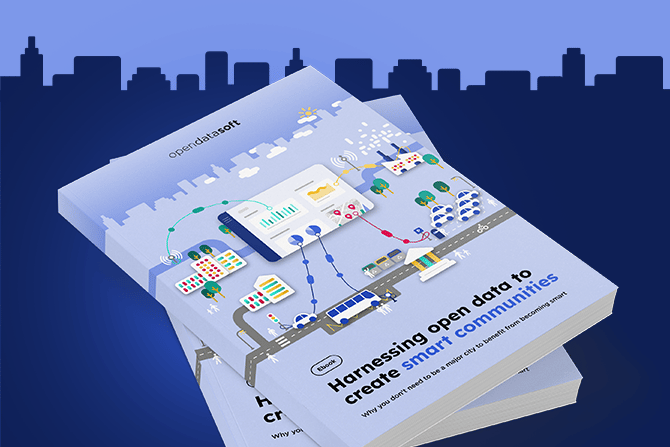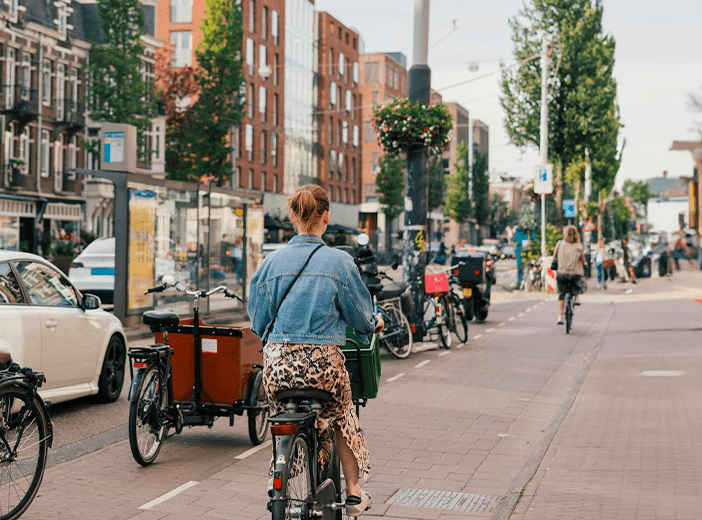An Interview with Mike Lydon on Tactical Urbanism
Let's continue our exploration into the combination of tactical urbanism with smart city and open data principles.
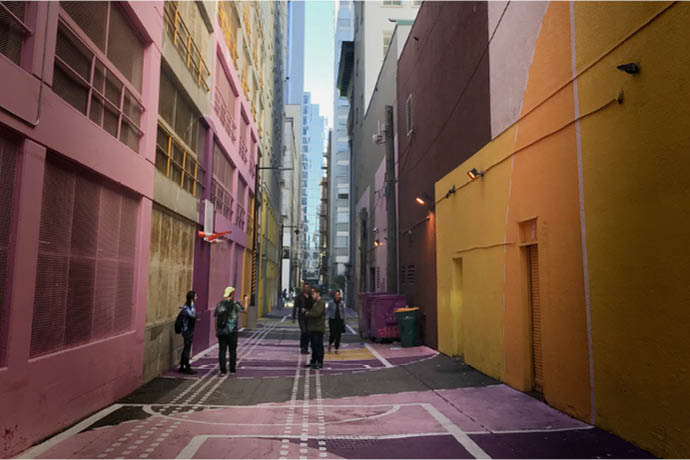
Following the publication of the article : how open data transforms temporary urbanism into long term viability, we were able to speak with Mike Lydon, an expert in the tactical urbanism field. Mike is a Principal Street Plans, a Miami and New York City-based urban planning, design, and research firm. He is an internationally-recognized author who is the leading mind behind the Tactical Urbanism Vol.1 – 5 series (2011 – 2017), the full-length book Tactical Urbanism: Short-Term Action for Long-Term Change (2015), and creator of The Open Streets Project. We were grateful to be able to catch up with him and get his thoughts on the crossover between Tactical Urbanism and the Smart City, and what he thinks will be some of the biggest challenges facing urban areas in 2018.
What sparked your interest in Tactical Urbanism?
I started my career in Miami at a design and planning firm. We did some really progressive projects, but I quickly realized that putting pretty pictures up on the screen or ideas down on a map is one thing, but actually implementing them is a whole other kind of challenge. To actually get things implemented we needed some different kind of approaches. I got really inspired by Bogotà’s Ciclovìa, where they close 70 miles of streets every weekend and let people walk, and cycle and basically take over the public space. I wanted to bring that to Miami, because at the time it was a very difficult place to bike and a very dangerous place to walk. With the Mayor’s office and a few other advocates, we got a program off the ground there, and I got addicted to that approach where you could change people’s mindsets and understanding of the potential of their city via experience rather than plans alone.
After that first experience in the movement, what did you do to get more involved?
I quickly started Street Plans and began integrating what we started calling tactical urbanism into our approach to working with communities. It’s basically a methodology to test and iterate on our design concepts that we were working on as part of larger planning initiatives. This was in 2009, so the recession was in full swing. More and more people, whether designers or planners had to do more with less. They also had to be more creative about how to test out projects just to get things started or to keep existing projects moving. This is where our first free volume of e-book started getting the movement in motion. We coined the phrase, and from there we sought to apply the movement at a global scale. More guides followed, which were born out of this frustration, born out of wanting to make an immediate impact, and a need to connect people to the process of city-making, which is very difficult to do through the conventional planning and design process alone.
What are some of the clearest examples of tactical urbanism going beyond the street intervention examples?
There is a lot of work being done on vacant buildings and vacant lots. It’s an entirely different type of challenge to work private buildings or land than on public land and streets. One example that I find pretty remarkable in the private realm is a project in Memphis called the Tennessee Brewery Project.
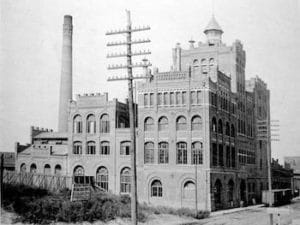
In short, there was a group of enterprising people there who saw the need to save a large historic brewery from the wrecking ball. Several developers had previously tried to redevelop the site but couldn’t get the economics to work, and so the most recent plan was to simply demolish it. However, this group of people got together and asked the owner for access to the building so they could make a community space in the building’s amazing courtyard. They wanted to throw a beer garden in the middle so that Memphians could see and experience the space before it was demolished, or perhaps even showcase an alternative use. The owner gave access and the city quickly granted a temporary occupancy permit. The group raised $35,000 in funding and sourced volunteers over several weekends to clean up the space, to provide simple furniture, and to establish a relationship with a local brewery. Over the course of 5 weeks, they sold $265,000 dollars worth of beer, and the space became not just a place to drink but also a really huge community hub. The tactical portion is not just the low-cost temporary approach, but also the way they aligned the beer garden with “Memphis in May” (5 weeks of programming in the city). They really timed their project to coincide with all the music and arts along the river, as the building is close to the river itself.
How's the project doing now? Is it still going on?
Long story short, the beer garden was a huge success from lots of different angles, and the owner found another person willing to buy the building. That person announced a $27 million rehabilitation plan for not only the vacant building but a lot across the street. So we saw the project go from volunteer labor and $35,000 of seed money to a $27 million development project now under construction. This happened about three years ago, and the beer garden has continued each summer, which is a smart way to keep the activity on-site while the developer obtains permits and finalizes construction plans. This is a great example of a temporary use, or what some data heads may call a ‘minimally viable product’ leading to long-term transformation.
When doing a tactical urbanism project, what are the most relevant data to share and collect?

It depends on the project and the context. A lot of projects are more geared towards the public realm – streets and sidewalks, or parks – so a big concern specifically is traffic safety. We can measure the speed of vehicles before and after, which is a proxy for safety, or we can see how many more people are walking or cycling on a street once we’ve made a quick improvement. How do people respond to a space, and qualitatively if it’s more acceptable or accessible? We can take these bigger data points from a quantitative or qualitative perspective, so it depends on the goal of the project. We tell our clients we should be measuring and collecting data on things that go back towards the goal of the larger project to make sure the information and project intent align and to ensure they get the information that helps them make further improvements.
What are the coming strategic challenges facing cities in your opinion?
I think the issue that comes up across all of the different cities, countries, and cultures that we’ve worked with is trust. The trust between citizens and their governments has eroded in so many different places, and I think one place where technology has not been very helpful is in people siloing themselves in a digital sense and building mistrust. People closing themselves into bubbles with people sharing their views only is very detrimental to public life, and cities are facing this challenge.
In Greece, we are working to create this public space co-creation program because citizens don’t trust their government to empower them to improve their neighborhoods. Citizens don’t trust their government to do those projects, so they want to do them themselves. However, there’s no way for them to go about this legally. That kind of tension exists at a very local level, but is also found globally, whether in the US, Europe, or Asia, there’s a lack of trust between citizens and their government.
One task for us as tactical urbanism practitioners is to create new types of programs and policies that allow citizens, agencies, cities and departments to very proactively collaborate. In doing that, they are able to meet each other as equals and develop fun and engaging projects. They’re impactful on the ground, and people inside and outside government offices can work together in a way that is very hands-on and constructive. This is one of the local approaches in urban planning, that if applied to many cities over time, can help make a dent in a range of challenges at a global scale.
What else do people need to know about tactical urbanism that we haven't yet discussed?
I think a lot of people see tactical urbanism as a guerilla movement of people going out in the middle of the night with spray cans doing illegal projects. While there is some of that, and some of those projects do become sanctioned and lead to long-term change! The exciting part of this movement is that people can do it themselves. Even if it is illegal at first, they make positive change in their community. However, these make up a very small percentage of projects these days. It’s a movement that has evolved to include a lot of positive collaboration, and now there are a lot of governments leading these projects, and the bottom-up and top-down are being fused in cities. This is the purpose of a lot of our work these days. In Greece, we are really working on helping cities develop these approaches so that they can say ‘oh this is really constructive and it’s not just urbanists in the middle of the night.’ This is a maturing movement that, at Street Plans, we are trying to put a lot of weight behind for cities to realize the lasting potential of building new alliances.
Enhancing Smart City Strategies with Tactical Urbanism
Tactical urbanism has three main takeaways:
- It can play a major role in transforming the dynamic between citizens and their governments by informing an actual strategy for collaborative governance;
- It can lead to extremely high returns on investments in transforming and repurposing public spaces;
- Its philosophy goes hand-in-hand with that of open data and the smart city.
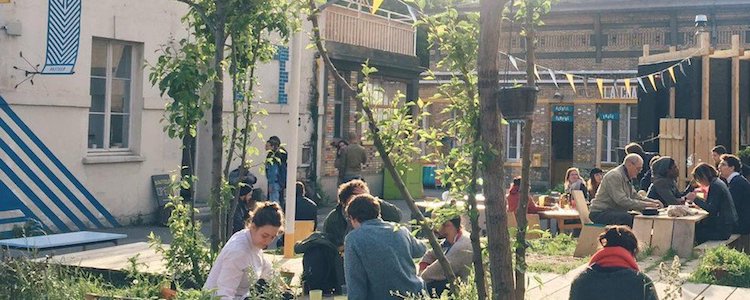
When scanning the smart city press, smart city conference themes and panel titles, it is clear that those working on building the smart city seek citizen participation. How they actually translate into practice remains a major question. Governments providing smart city data to promote the development of applications does not mean a city has become collaborative: it may only be more accessible to a limited audience of application users.
A collaborative city doesn’t necessarily mean that every citizen suddenly becomes actively involved in developing his or her community either. It could mean a more active partnership between citizen associations, active residents, businesses, and government associations involved in city-making. More data shared between these different actors, be it qualitative in nature or numbers-oriented information about use of public spaces, can help facilitate a greater collaboration. Thus, it could be essential to establish early on in a project the principles of data-exchange that can be expected. This can be the type of productive relationship to help citizens and their governments move forward and build the best project. If applications and sustained data reuse can result from a more long-term transformation, this is all the better.
Semi-public entities like the SNCF (French National Railway Company) are already active in publishing qualitative data, such as survey results on the public’s opinion of the organization. This use of open data can play a role in building a trusting partnership between government actors and the citizens they serve. It can help to address this lack of trust cities will face.
Tactical urbanism and data sharing schemes, especially in the smart city context, could have a great number of benefits as cities transform themselves and work to provide a high quality of life for their residents. Going forward, tying the two together even further could be a powerful combination for building the city of the future.


